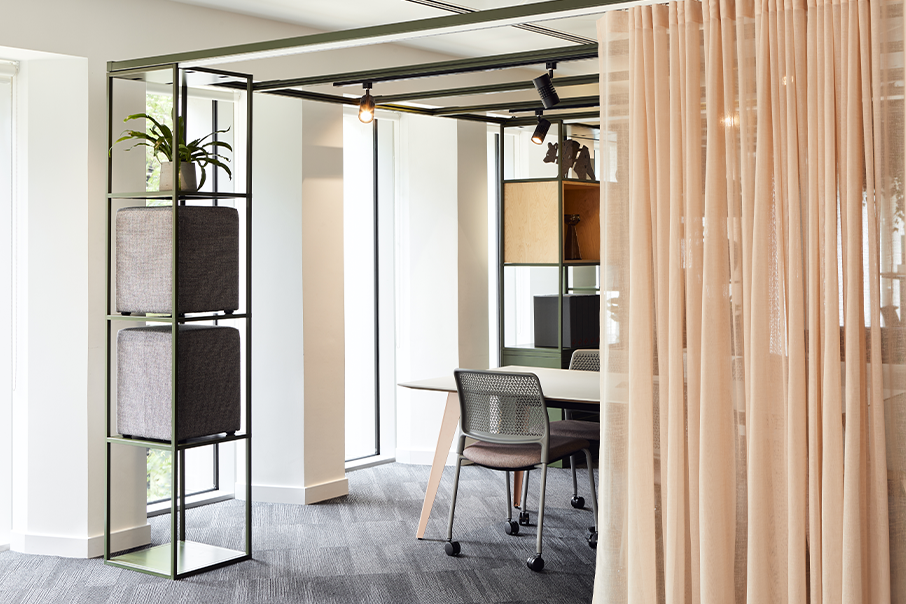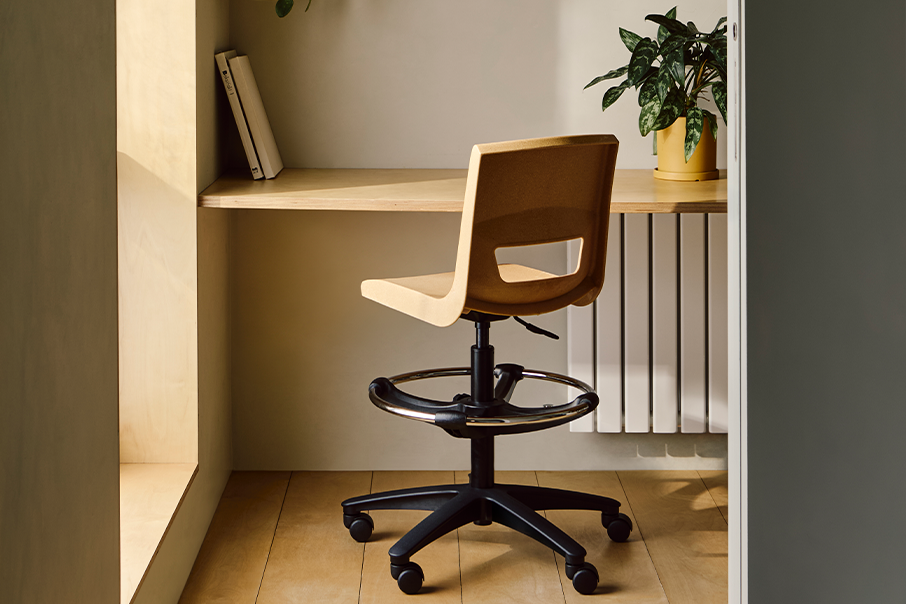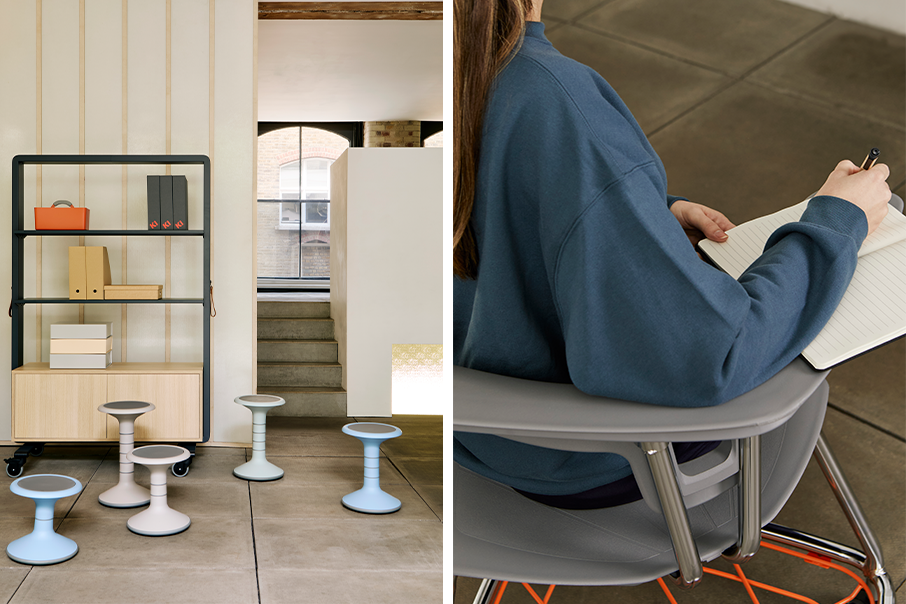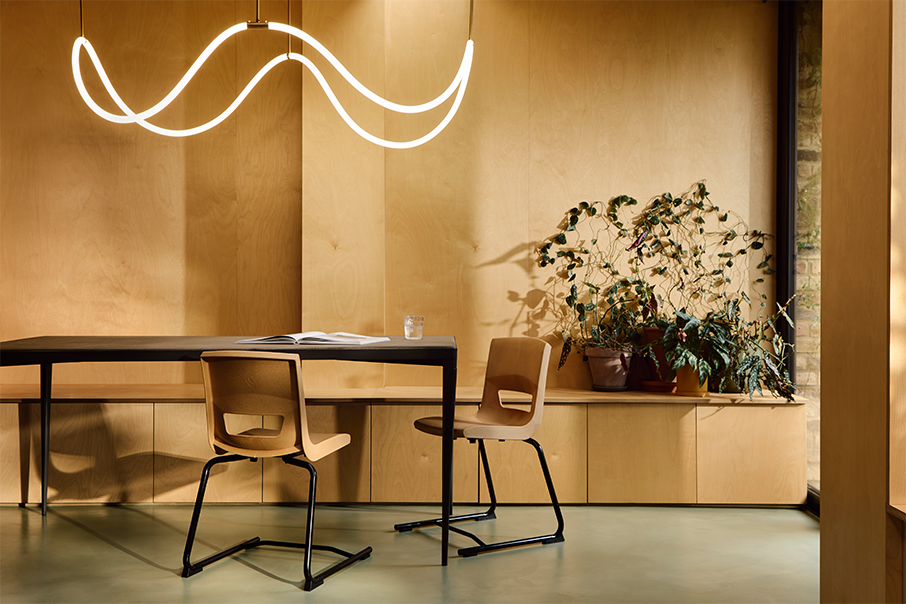The Transformation of Higher Education Libraries
Libraries are experiencing significant changes as technology, space utilisation, and institutional identities evolve rapidly. Partnering with StudioFYNN, conducted a national research program to explore these shifts in higher education. The study aimed to redefine the role of libraries as knowledge centres and community hubs by focusing on user needs and experiences. Through ethnography, secondary research, and collaboration with the University of Pennsylvania, the project delved into the evolving nature of library spaces, the communities they serve, and the cultural and technological forces driving rapid transformation.
“The future of libraries is to evolve according to the needs of modern-day users. Being agile and adapting to user needs”. College Librarian

Defining The Library of Today
The traditional perception of libraries as temples of knowledge, cantered around printed books and manuscripts, is evolving rapidly. Historically, libraries were quiet spaces for individual study, but now they’re becoming hubs for collaborative activities and community engagement. This shift, influenced by technological advancements and changing user expectations, poses challenges in balancing tradition with innovation. Higher education institutions are also transforming, emphasising their broader roles as cultural and intellectual centres, adopting branding strategies like those used by corporations. Libraries are increasingly seen as brand ambassadors, reflecting the institution’s culture and mission, and serving as vibrant community spaces.
Automated libraries represent a significant shift in how information is stored and accessed, but they also raise questions about designing user experiences within these spaces. Whether through new construction or renovations, libraries must adapt to accommodate automation while preserving their core role as experiential learning environments. The challenge lies in repurposing existing spaces to meet evolving needs while also addressing concerns about the preservation of physical manuscripts and historical materials. Dedicated rare book and manuscript libraries demonstrate one approach to this challenge, emphasising strategic distribution of library functions across multiple facilities on campus.

“Our Library is rapidly evolving. There are fewer books and more study tables, and we’re seeing a lot more collaboration going on in the library. We transferred most of our books to an off-campus warehouse storage space”. Director of Learning Innovation
The 8 Shifts in Higher Education Libraries
- Architectural Statement.
- Post-Build, Furniture, Interiors.
- Core Spaces: The Classroom and the Library.
- Signature Space & Brand.
- “Me” and “We” Spaces.
- The Value of Tradition.
- Community && Service Models.
- Dedicated Versus Transitional.
Architectural Statement
Library spaces, primarily defined by their architectural design, are more effectively adapted to accommodate digital and print resources, as well as balance individual and collaborative spaces, in new builds. However, despite the ideal scenario of expressing the temple of knowledge through architectural statements, most institutions must repurpose existing space, even if they build additional offsite or adjacent facilities.
Post-Build, Furniture, Interiors
Post-build scenarios, observed predominantly in our ethnography, entail institutions adapting existing spaces to meet new user needs through human-cantered design, aligning with culture, function, and institutional branding within current spatial constraints. While existing product collections can address many needs, there’s a growing trend towards custom-built solutions to cater to diverse space utilisation and user experience requirements, with design considerations such as materiality, biophilic design, acoustics, and lighting being paramount.
Core Spaces: The Classroom and the Library
While classrooms traditionally served as the core space for learning in higher education, there’s a shifting perspective towards defining core space and activities, with libraries emerging as parallel core spaces. This evolution is driven by the importance of collaboration, active learning, and the need for flexible postures and durations, areas where libraries excel in contrast to the rigidity of classrooms. Furthermore, recognising the value of well-being and belonging, libraries are increasingly seen as spaces for personal recharge and regeneration, offering an experiential escape from academic rigors.

Signature Space & Brand
Libraries, often regarded as temples of knowledge, are increasingly pivotal in shaping the image of educational institutions, influencing student attraction and retention. As universities adopt branding strategies and prioritise architectural aesthetics, signature spaces like libraries, cafes, and communal areas gain prominence, reflecting the institution’s unique value and fostering a sense of reverence on campus. Furthermore, there’s a blurring of boundaries between educational and corporate spaces, with both investing in peripheral elements beyond traditional desks to enhance attraction and retention. While some value the dynamic nature of start-up environments for their creativity and informal collaboration, libraries are emerging as platforms to support this ethos while also serving as formal spaces for learning and personal development, emphasising the need for institutional branding through signature spaces alongside informal, creative environments.
“Me” and “We” Spaces
The evolving role of libraries as collaborative and community spaces underscores the importance of considering space for both individual and collective use. By defining space as ‘me’ and ‘we’, not only are the physical parameters of space clarified, but also the mindsets and emotions promoted through design. This approach not only facilitates the creation of supportive experiences but also helps mitigate conflicts that may arise from unclear or unaccounted for distinctions between individual and collective spaces in design and furniture arrangement.
The Value of Tradition
In the United States, academic institutions vary widely in age, leading to differences in building types across campuses. While tradition often dictates the use of traditional furnishings in libraries to convey wisdom and heritage, institutions strive to balance tradition with contemporary elements, seeking a dynamic equilibrium that respects their past while embracing their future.

In conclusion, libraries are becoming pivotal components of academic institutions, serving as hallmark spaces for innovative user experiences that reflect institutional values. Amidst rapid transformation driven by automation and space repurposing, there’s a pressing need to redefine and enhance the concept of these signature spaces while maintaining reverence for knowledge. Recognising that libraries are in a constant state of evolution, it’s essential to remain actively engaged in supporting their changing needs, services, and design paradigms.
